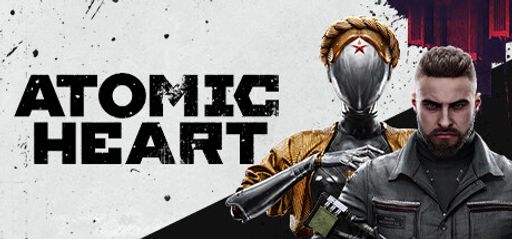Step into the alternate Soviet utopia of Atomic Heart, a hyper‑stylized shooter that combines robotics, retro‑futurism, and telekinetic powers. In this Atomic Heart review, we explore how its arresting setting, dynamic combat, and inventive puzzles can both astonish and frustrate players. Moreover, while the game’s bold design and explosive encounters keep you hooked, its pacing and narrative depth sometimes falter. Nevertheless, this post‑WWII dystopian adventure remains an intriguing thrill ride.
Overall Impressions
I dove into Atomic Heart expecting a hyper-stylized shooter with Soviet flair. What stood out first was its arresting alt-history setting. Imagine a post-WWII utopia built on robotics and strange experiments. The world feels vivid and bizarre. Explosive encounters keep you on your toes. Yet the game sometimes stumbles into familiar shooter tropes. Compared to Bioshock Infinite’s seamless flow, Atomic Heart’s pacing jitters. Its narrative ambitions outpace its writing at times. Still, I appreciated its bold design and willingness to mix melee, firearms, and telekinetic powers.
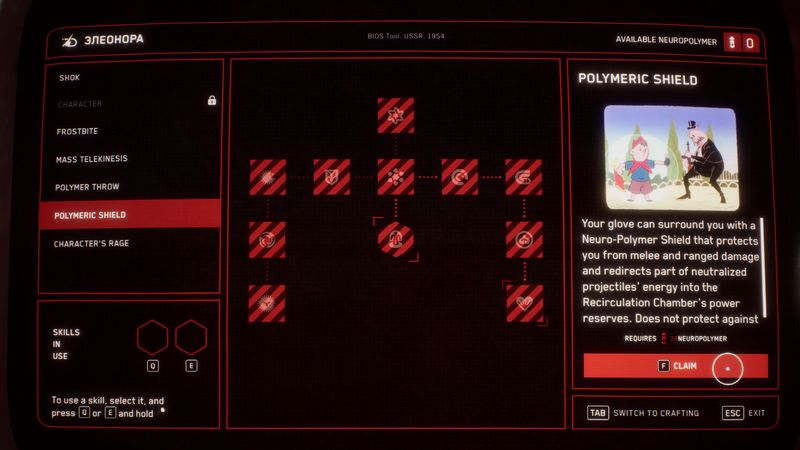
Gameplay Mechanics
Atomic Heart’s core loop blends gunplay, gadgetry, and environmental puzzles. Weapons and abilities mesh well. I blasted robots with a custom revolver, then paused time to fling debris like a speedrunner exploiting physics. Upgrading gear felt rewarding. A handful of boss fights leaned toward predictable patterns, though none truly tested my mettle. One speedrun trick I spotted: you can skip entire arena segments by clipping through a corner guardrail. That’s the developer’s secret dance with emergent gameplay.
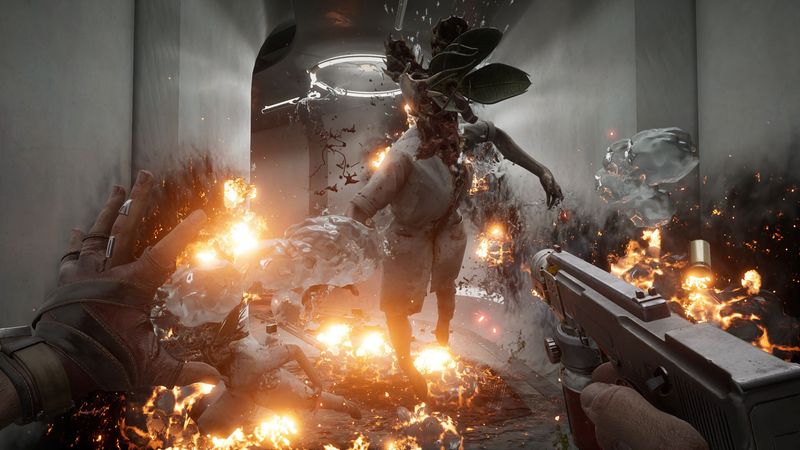
One strength of the game is its varied enemy roster, ranging from agile patrol bots to hulking brutes, which keeps combat fresh and engaging. Moreover, the satisfying weapon‑ability combos empower players to experiment with different tactics, leading to a sense of mastery and personalization. Additionally, non‑intrusive puzzles nicely break up firefights, providing a balanced rhythm that many users praised for maintaining momentum without feeling forced. These elements work together to deliver a dynamic and rewarding gameplay experience.
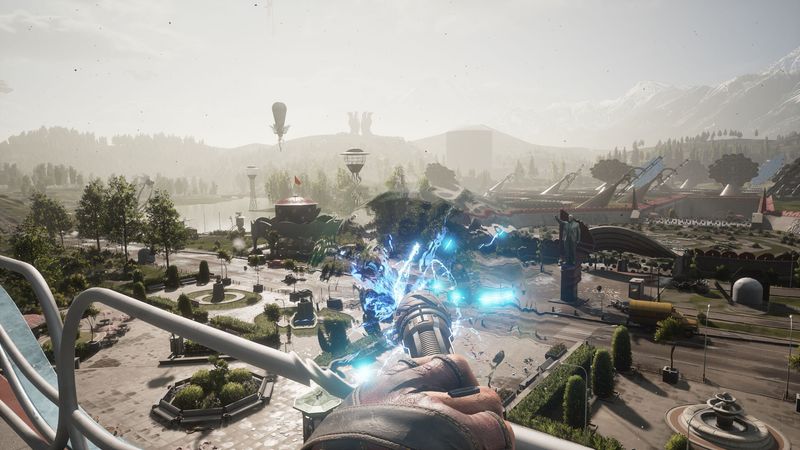
However, some aspects falter in the open‑world design. For instance, open‑area traversal can drag on, leading to moments of tedium that disrupt the pace. Moreover, boss encounters rarely demand creative strategy, resulting in predictable fights that feel underwhelming. One user found the world sections tedious, and I agree that these lapses occasionally undermine the otherwise solid combat and puzzle structure.
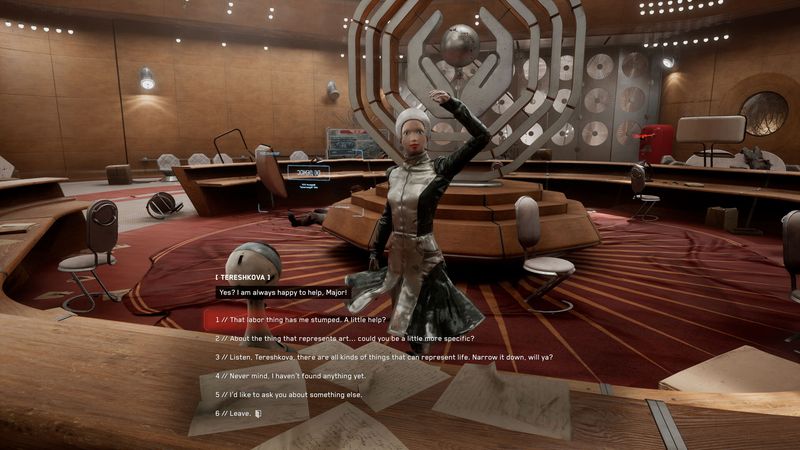
Story and Characters
Atomic Heart pitches a dark truth beneath its utopian veneer. You play Major Nechaev, Agent P-3. Dialogue sometimes veers into cliché. Yes, you’ll roll your eyes at certain lines. Still, the core mystery of Project 3826 held me in its grip. Character arcs remain thin. Nechaev’s dry quips feel shoehorned. Secondary NPCs pop in and out too quickly. I wanted deeper ties to the scientists who built the Iron Curtain-era dream. The Soviet perspective offers fresh angles, but the script didn’t always match the ambition.
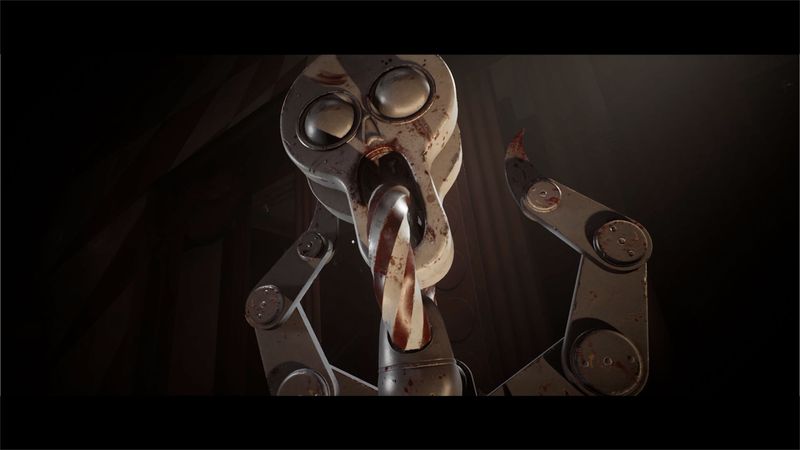
Visuals and Graphics
Here is where Atomic Heart shines. The game runs on Unreal Engine 4, and it shows. Lush particle effects, towering factory sets and glinting chrome robots define its style. One level bathes you in crimson fog. Another twinkles beneath neon signposts. Mundfish clearly leaned into retro-futurism. Character models look crisp—even if their expressions occasionally land in uncanny valley. Texture pop-in can occur on hard drives below SSD speeds. Still, moments like watching a maintenance bot explode in a shower of sparks stand out.
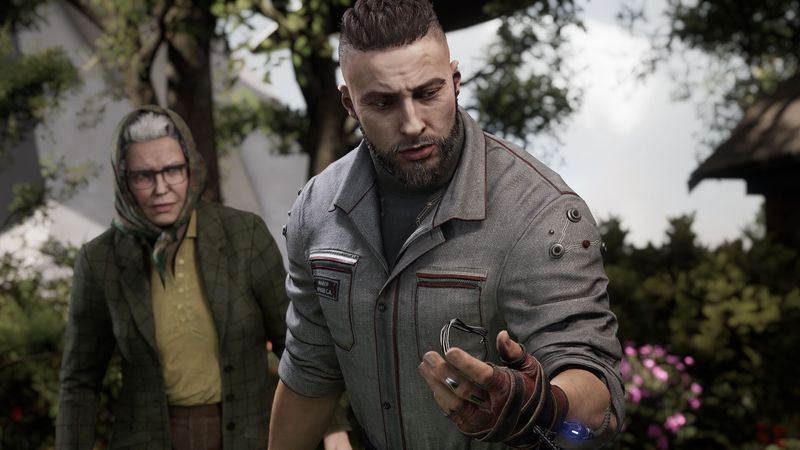
Sound and Music
Atomic Heart’s soundscape feels cinematic. Punchy gunshots and satisfying electric arcs resonate through your speakers. Voice acting ranges from competent to occasionally stiff. I heard one NPC deliver a line so dramatically that I suspected outtakes on the casting floor. The soundtrack flits between eerie orchestral swells and Soviet-era folk motifs. It never overstays its welcome. In one boss arena, a thundering percussion track punctuated every player dash. It drove urgency and gave me chills.
Difficulty and Replayability
Atomic Heart also caters to multiple playstyles. Casual players can lean on firepower and shields. Speedrunners can exploit movement quirks to slash hours off completion time. I clocked a 15-minute skip around the fourth chapter. The final boss felt under-tuned compared with early game brutes. Overall challenge lands in the “fair” category. You will die. You will reload. But you rarely feel punished. Secondary objectives and hidden logs tempt you back. I expect a 100-percent playthrough to run four or five hours beyond the main story.
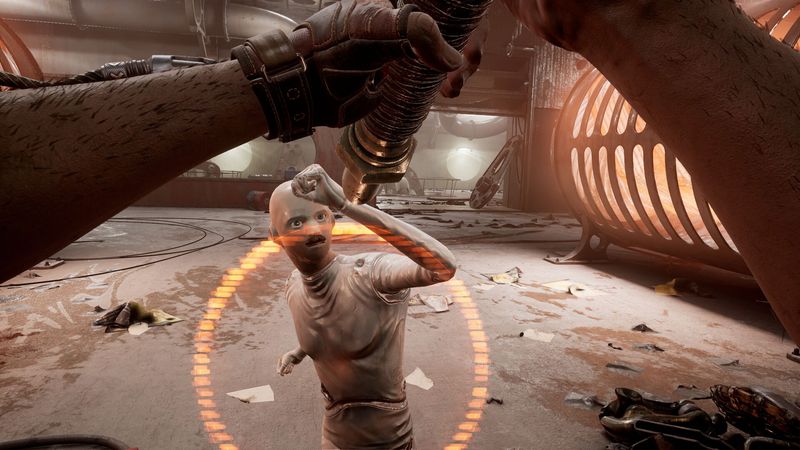
Trivia and Developer Insights
Mundfish began Atomic Heart as a passion project in 2017. Early footage surprised fans with its Unreal Engine ambition. The team weathered development delays and shifting design goals. According to an interview with Creative Director Ivan Petrov, the game’s telekinetic glove mechanics underwent nine iterations. Focus Entertainment pitched in extra resources after a successful E3 reveal. Speedrunners discovered a grenade-launch skip at launch day. Mundfish patched a few exploits, but the community quickly found new ones.
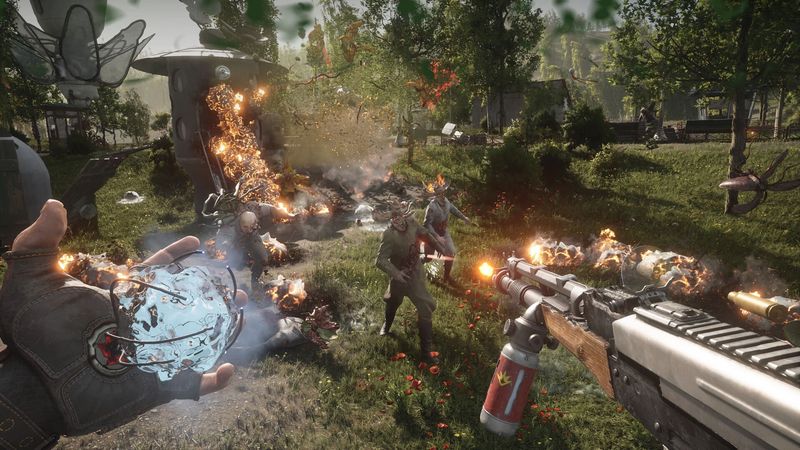
Final Thoughts
Atomic Heart earns its place in the modern alt-history canon. It boasts striking visuals, clever combat combos, and a setting ripe for exploration. Yet it falls just short of narrative depth and consistent pacing. Combat can feel routine against underwhelming bosses, and dialogue sometimes flatlines. Still, I found genuine delight in its world. It’s a game that wants to astonish you as much as it wants to gun you down.
Rating: 3.5 out of 5 stars
Atomic Heart paints Stalin-era dreams in neon red, but sometimes the plot reads like a Soviet factory memo. Exciting? Yes. Perfect? Nyet.

